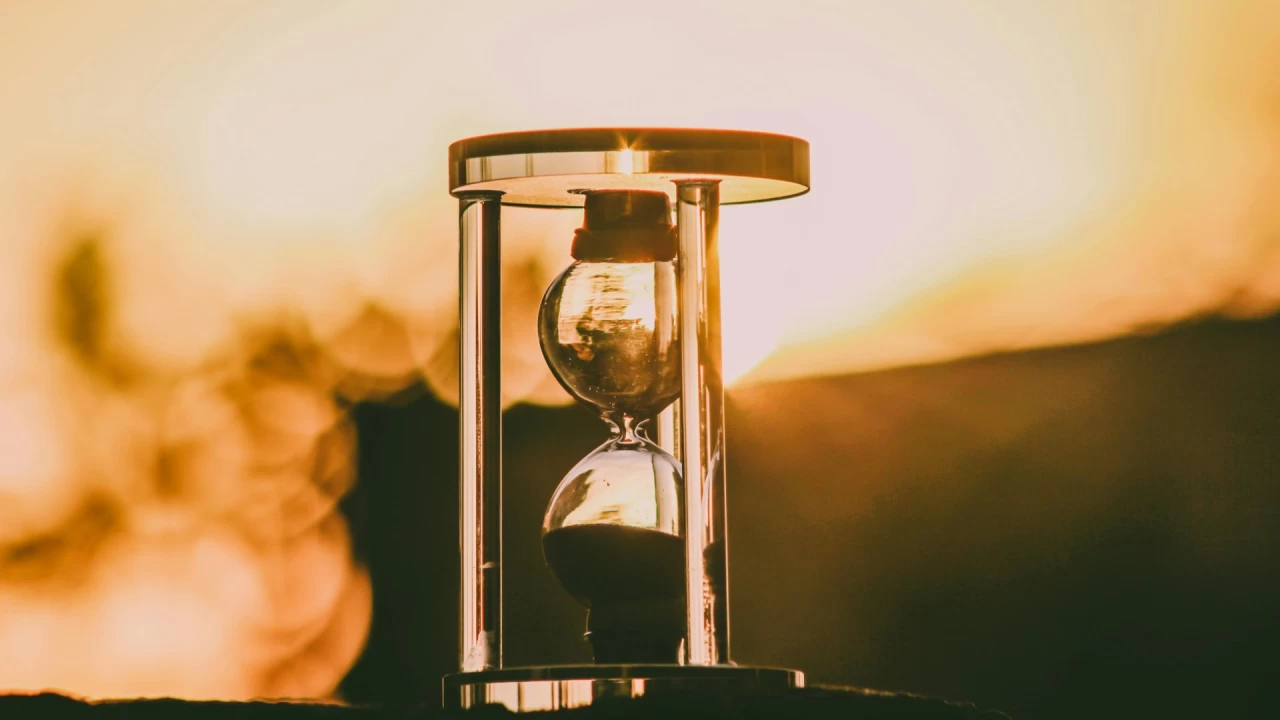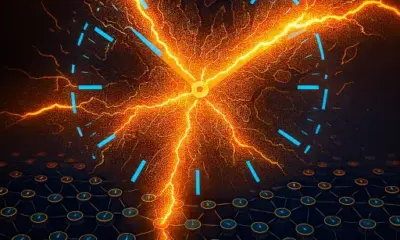Science
Researchers Unveil World’s Most Accurate Clock After 20 Years

Researchers at the National Institute of Standards and Technology (NIST) have unveiled what is now recognized as the world’s most accurate clock, an optical atomic clock that took two decades to develop. This groundbreaking clock, which operates using a single trapped aluminum ion, boasts a fractional frequency uncertainty of 5.5 × 10−19. This means it could take longer than the current estimated age of the universe for the clock to lose or gain just one second.
The clock’s performance is further highlighted by its fractional frequency stability of 3.5 × 10−16 / √τ seconds, making it 2.6 times more stable than any previous ion clocks. Optical clocks are evaluated based on their accuracy—how closely they align with “true” time—and their stability—how consistently they maintain that accuracy. This record-setting achievement is the culmination of twenty years of advancements in the laser technology, ion trap design, and vacuum chamber construction used in the aluminum ion clock.
Technological Innovations Drive Enhancements
The clock employs quantum logic spectroscopy to measure the state of a single 27Al+ ion. A second ion, 25Mg+, is utilized to assist with sympathetic cooling and to facilitate the measurement of the aluminum ion. Aluminum is particularly effective for timekeeping due to its stable “ticks,” which are minimally affected by temperature fluctuations or magnetic fields. However, controlling aluminum ions with lasers has historically proven challenging, necessitating the use of magnesium ions to enhance stability.
A significant upgrade involved extending the Rabi probe duration to 1 second. This was achieved by transferring laser stability from a remote cryogenic silicon cavity located in Jun Ye’s laboratory at JILA, connected via a 3.6 km fiber link. This advancement reduced the clock’s instability by a factor of three compared to earlier models.
Researchers also redesigned the ion trap to minimize excess micromotion—tiny, unintended movements that can disrupt timing accuracy. They implemented a thicker diamond wafer and modified the gold coatings on the electrodes to address electrical imbalances. Furthermore, the vacuum chamber was reconstructed from titanium, significantly decreasing background hydrogen gas by a factor of 150. This reduction lowers collisional shifts, allowing the clock to operate continuously for days without the need to reload ions.
Future Implications for Timekeeping and Science
The NIST team also improved measurement techniques by evaluating the alternating current magnetic field from the radio-frequency trap in a direction-sensitive manner. This innovation eliminated uncertainties related to field orientation, enhancing the clock’s precision to 19-decimal-place accuracy within approximately 36 hours, a substantial improvement from the previous three-week requirement.
Graduate student Willa Arthur-Dworschack expressed excitement about the future possibilities this clock presents, stating, “With this platform, we’re poised to explore new clock architectures—like scaling up the number of clock ions and even entangling them—further improving our measurement capabilities.” The implications of this achievement extend beyond mere timekeeping; it may redefine the second with unprecedented precision and unlock new avenues in Earth science and fundamental physics. One area of exploration could involve testing whether the fundamental constants of nature remain constant over time.
This remarkable advancement in clock technology not only represents a significant scientific achievement but also paves the way for future research that could deepen our understanding of the universe.
-

 Technology5 months ago
Technology5 months agoDiscover the Top 10 Calorie Counting Apps of 2025
-

 Health3 months ago
Health3 months agoBella Hadid Shares Health Update After Treatment for Lyme Disease
-

 Health3 months ago
Health3 months agoErin Bates Shares Recovery Update Following Sepsis Complications
-

 Technology4 months ago
Technology4 months agoDiscover How to Reverse Image Search Using ChatGPT Effortlessly
-

 Technology1 month ago
Technology1 month agoDiscover 2025’s Top GPUs for Exceptional 4K Gaming Performance
-

 Technology3 months ago
Technology3 months agoElectric Moto Influencer Surronster Arrested in Tijuana
-

 Technology5 months ago
Technology5 months agoMeta Initiates $60B AI Data Center Expansion, Starting in Ohio
-

 Technology5 months ago
Technology5 months agoRecovering a Suspended TikTok Account: A Step-by-Step Guide
-

 Health4 months ago
Health4 months agoTested: Rab Firewall Mountain Jacket Survives Harsh Conditions
-

 Lifestyle5 months ago
Lifestyle5 months agoBelton Family Reunites After Daughter Survives Hill Country Floods
-

 Technology4 months ago
Technology4 months agoHarmonic Launches AI Chatbot App to Transform Mathematical Reasoning
-

 Health3 months ago
Health3 months agoAnalysts Project Stronger Growth for Apple’s iPhone 17 Lineup





















